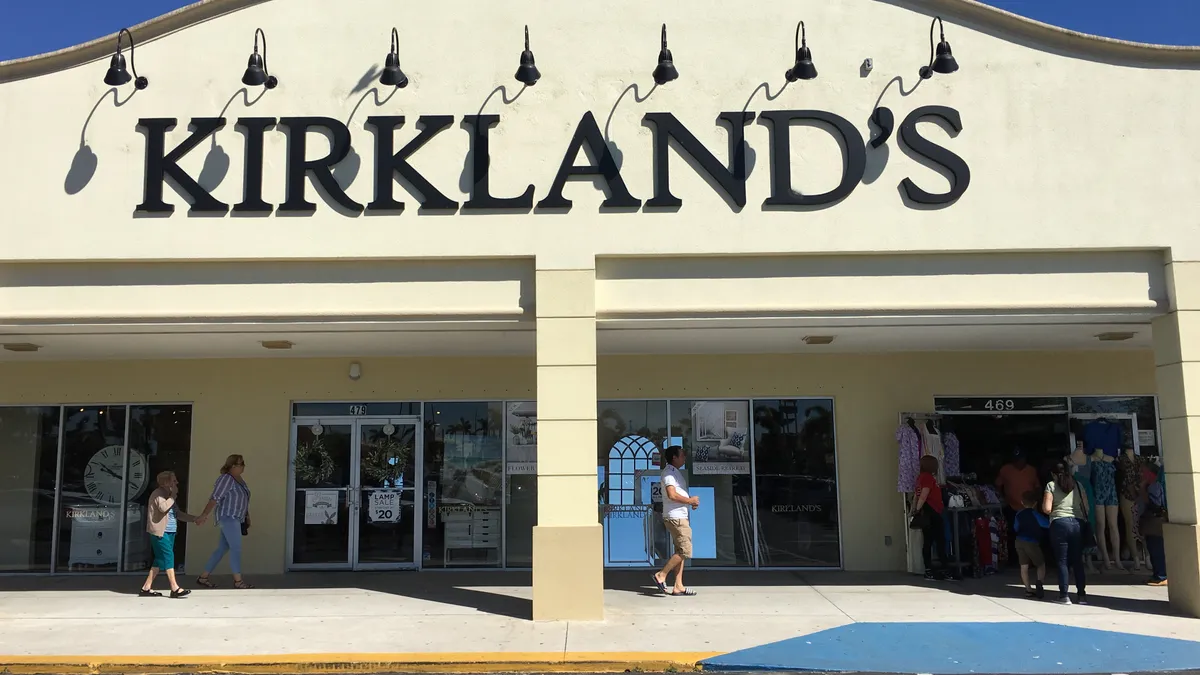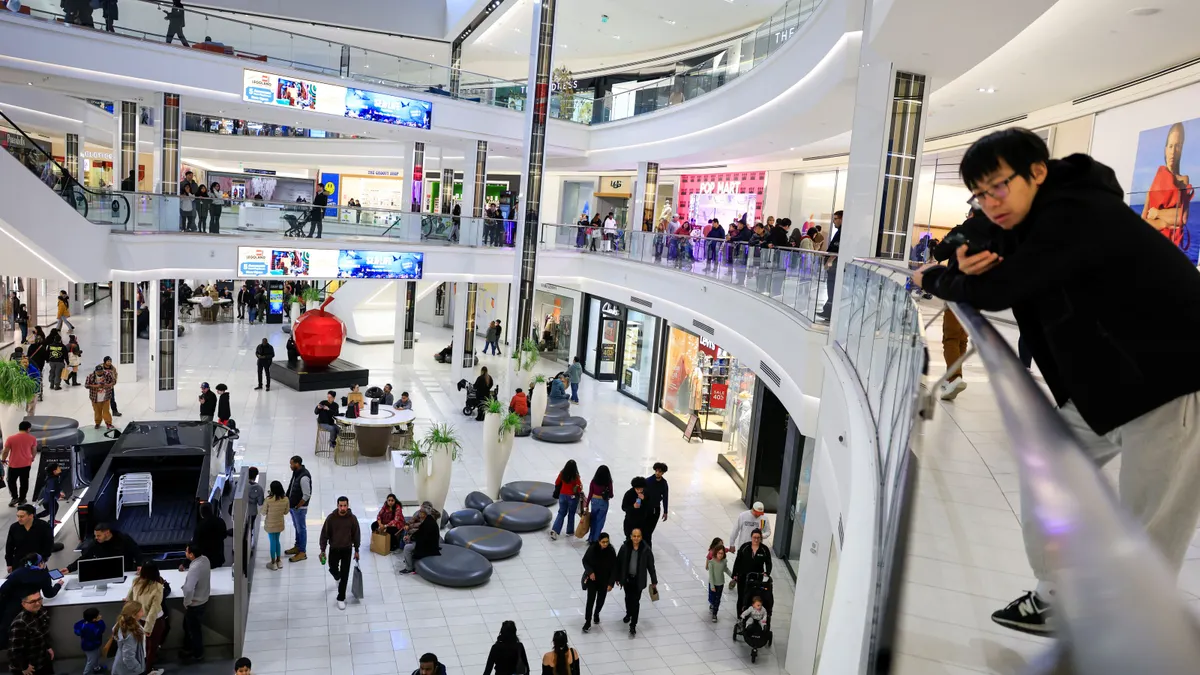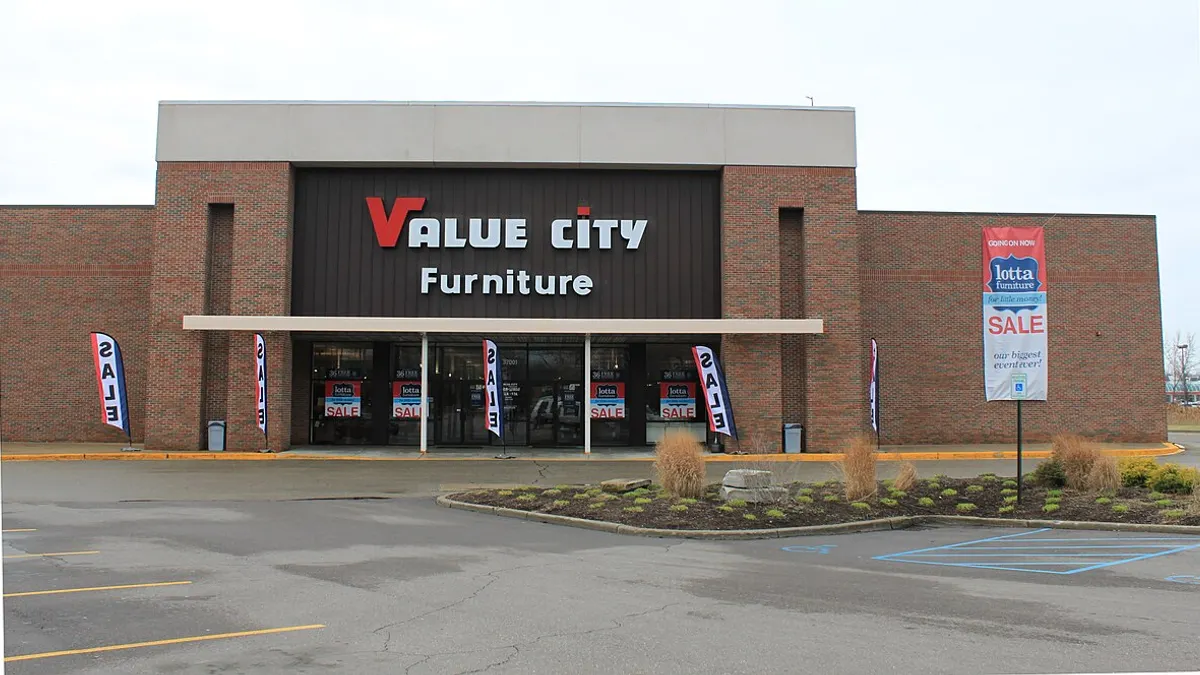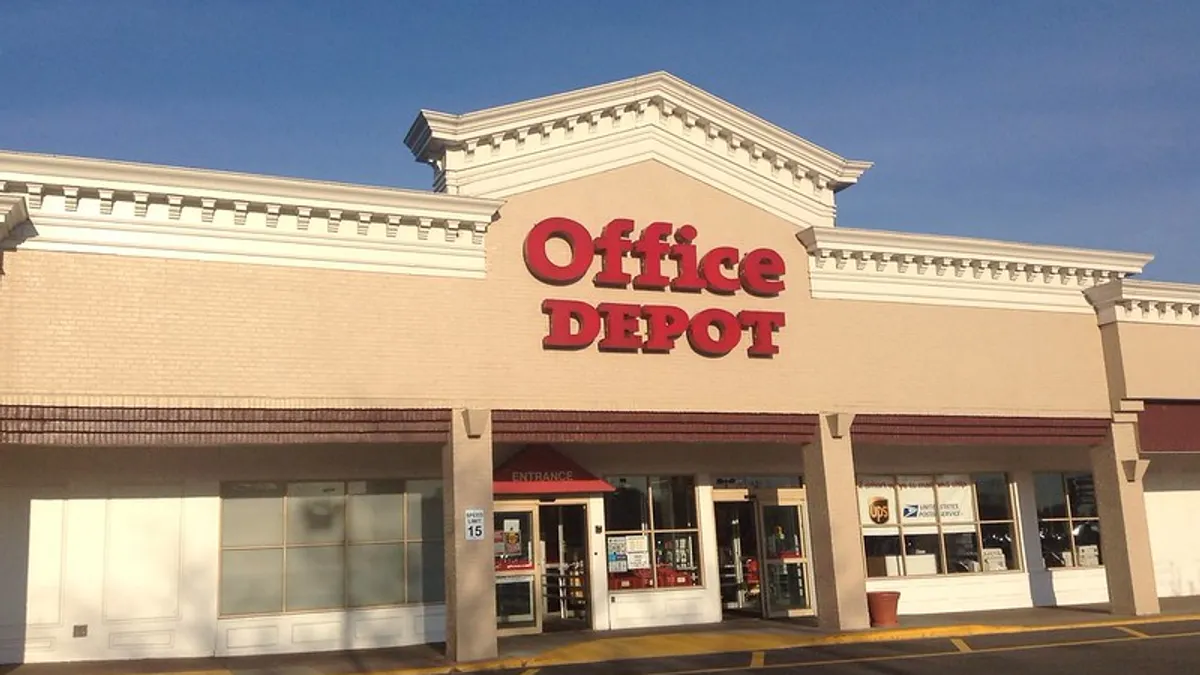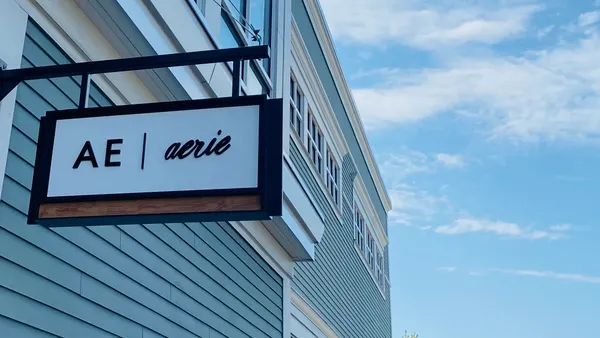In retail, some trends take off and seem here to stay — see social media marketing or even, just, coupons. But some that appeared at first to be innovations that would last, like planking or Taylor Swift as a country artist, have morphed considerably, or may even be on the way out entirely.
Here are three retail trends that seem to fading away as the retail industry continues to evolve.
Flash sales
The basic concept behind flash sales isn’t exactly new — limited quantities of goods at a limited sales price for a limited time. Kmart’s “Blue Light Special” was a version of this ploy, and plenty of other retailers have used “limited availability” to entice shoppers to act soon.
But, after some initial excitement, the concept hasn’t lasted online. This may be due to the improving economy, as more shoppers are able to relax a little on price. On the other hand, there are plenty of other places, like retail phenoms T.J. Maxx and Marshall’s, to find designer goods at lower prices, both online and in stores.
The flash sales sites themselves may be running out of sources for the merchandise that was exciting shoppers at first. In 2006 when flash sale site Ideeli was founded, and in 2007 when Gilt Groupe and Rue La La were founded, luxury retailers and designers had copious amounts of inventory they were anxious to unload. By 2011, though, that had dwindled, leaving less for shoppers to choose from. And, desperation abated, less attractive pricing.
The flash sales wunderkinds have all dealt with the change in various ways. Zulily, hampered by its logistics approach and challenges to growth, was recently gobbled up by QVC. Gilt Groupe recently announced job cuts and shifts to its business model, Ideeli, after being sold to Groupon, inexplicably lost an “i,” and even Vente-Privée, seen as the innovator of the space, has wound down its U.S. operations.
Predicted consolidation is happening in the space, and it remains to be seen how the model will remain without significant change to what was first launched a decade ago.
Bitcoin
When Overstock’s brash CEO and chairman Patrick Byrne proclaimed last year that his company had ushered in a brave new world with its move to accept bitcoin payments, one that even Amazon would soon be compelled to join, the idea still seemed possible.
These days, bitcoin is at best limping along as a viable payment, dragged down by scandal, falling value, and a split in the community that uses it over whether the crypto-currency should or shouldn’t be regulated.
While more merchants are accepting bitcoin, or, more accurately, accepting dollars that have been exchanged for bitcoin by various bitcoin wallets, they’re not all true believers like Overstock. Some are also retailers like Newegg and Dell who cater to a certain geek crowd, or entities offering the option mostly to avoid leaving any business on the table.
Low wages
It could end up costing retailers some $4 billion, but bottom-of-the-barrel wages for retailers are on the way out, and that looks like a long-term trend.
According to a January 2015 poll conducted by Hart Research Associates for the National Employment Law Project, in a representative national sample of 1,002 adults, three in four Americans, including 53% of Republicans, support raising the federal minimum wage to $12.50. 63% want the minimum wage increased to $15 per hour by 2020, according to Yannett Lathrop of the National Employment Law Project.
That’s why many cities have and many more appear poised to raise minimum wages at the local level. In May, Los Angeles raised its minimum wage for hourly workers to $15, which kicks in by 2020, and after that the hourly rate is indexed to the rate of inflation. Los Angeles joins Maryland, Nebraska, Alaska, South Dakota, and Illinois, as well as cities San Francisco and Seattle, in raising the minimum hourly wage to some extent in the last year or so. Officially, the National Retail Federation opposes legislating a rate for hourly workers, while workers' advocates say that current rates fail to provide a living wage.
That means that even Wal-Mart’s current plan to raise its hourly wage to around $10 an hour (it’s not a hard and fast promise, and the retailer will be paying more or less depending on where stores are operating) will not meet many local or state minimums in just a few years.
Retailers that already pay their hourly workers relatively well are suffering less than those who’ve kept their wages low for decades, having built in those expenses and the expectations of those expenses into their growth plans. But retailers like Wal-Mart with more catching up to do are somewhat spooking their investors.
The gold standard (or at least the silver standard) of hourly pay and benefits has been set by Costco, many experts agree. And it’s no accident that Costco is also a retailer that consistently reports happy workers, lower turnover, and financial success even in a bumpy economy.
“Costco keeps making money because they load those aisles with really high value merchandise and pay their associates a lot of money,” Columbia University business school professor of retail studies Mark Cohen told Retail Dive earlier this year. “And Costco’s associates are helpful and informed, as opposed to nasty, hostile, or absent.”







